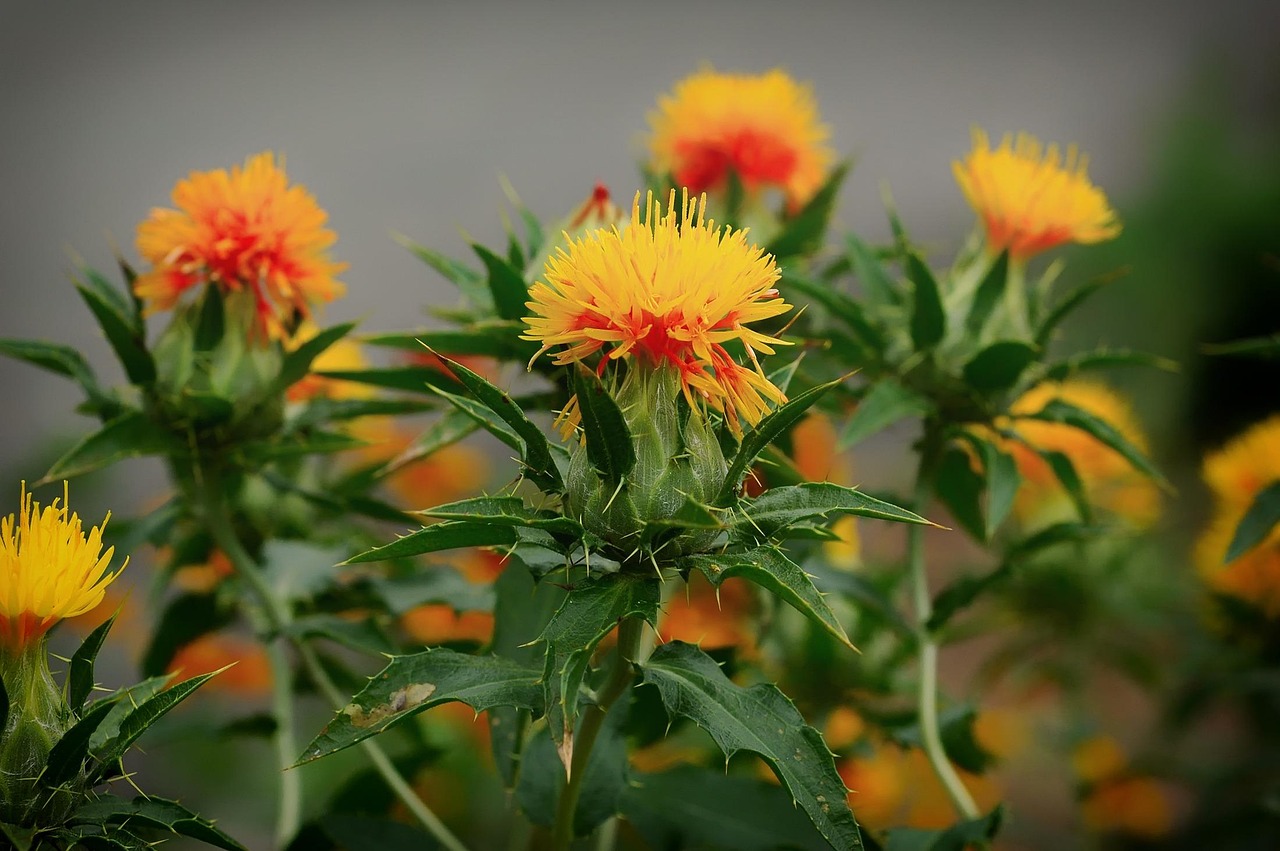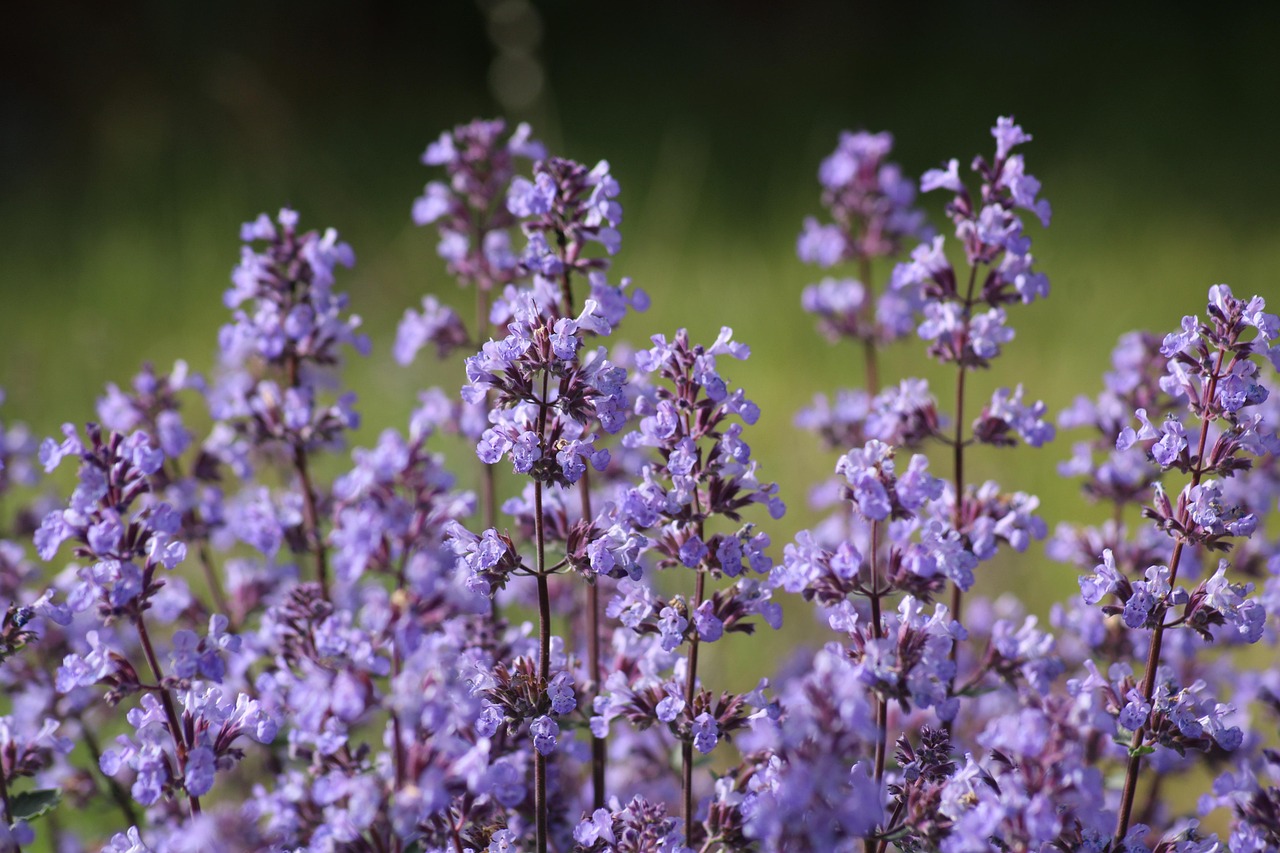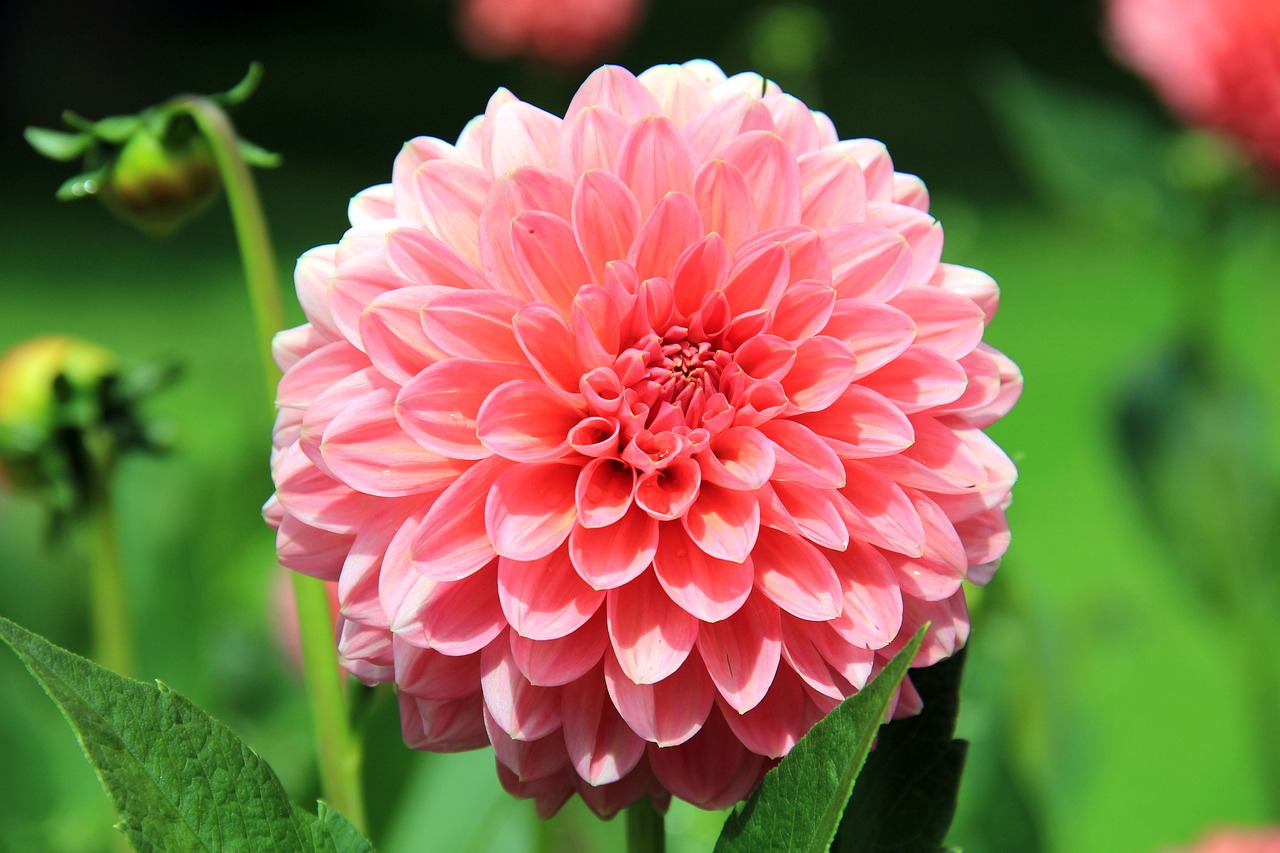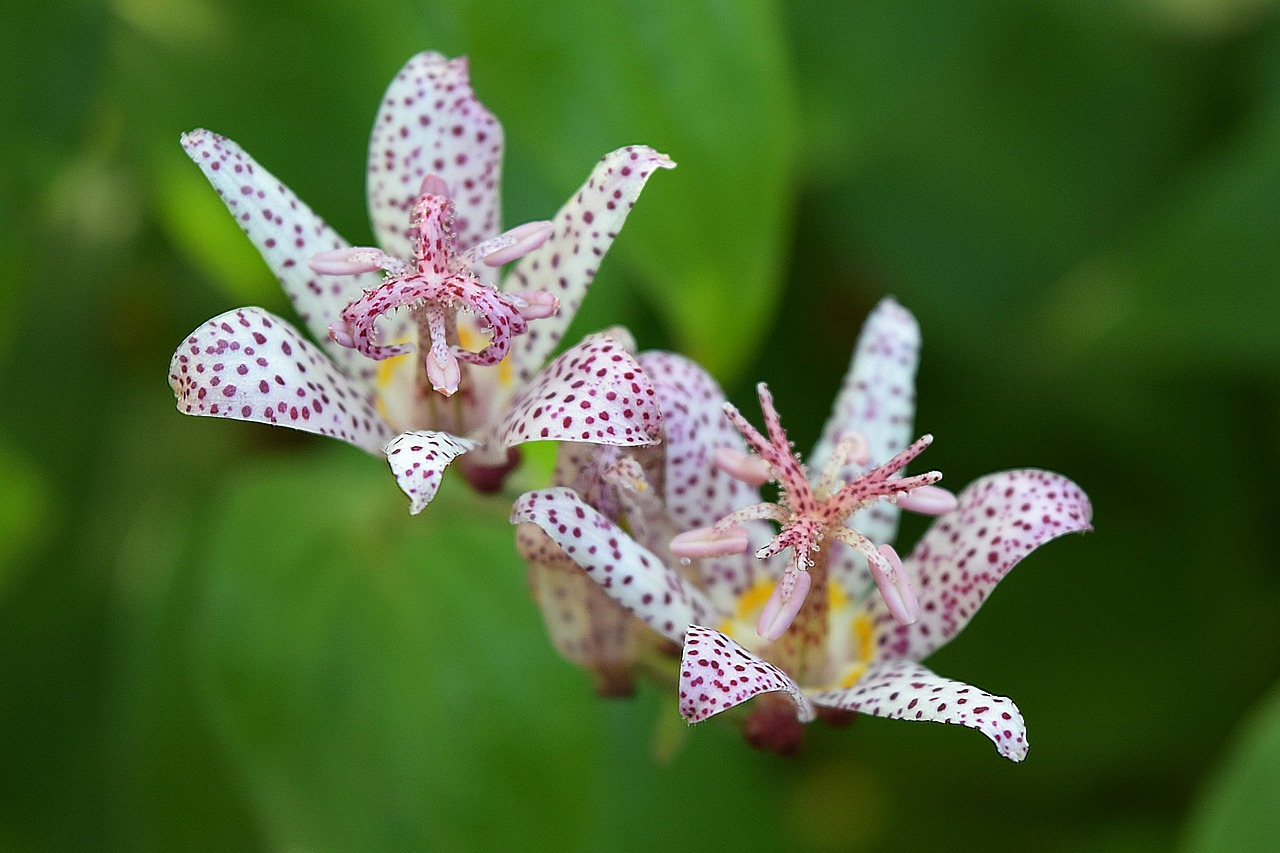Four o’Clock Flower | A Fragrant Bloom that Opens at Dusk
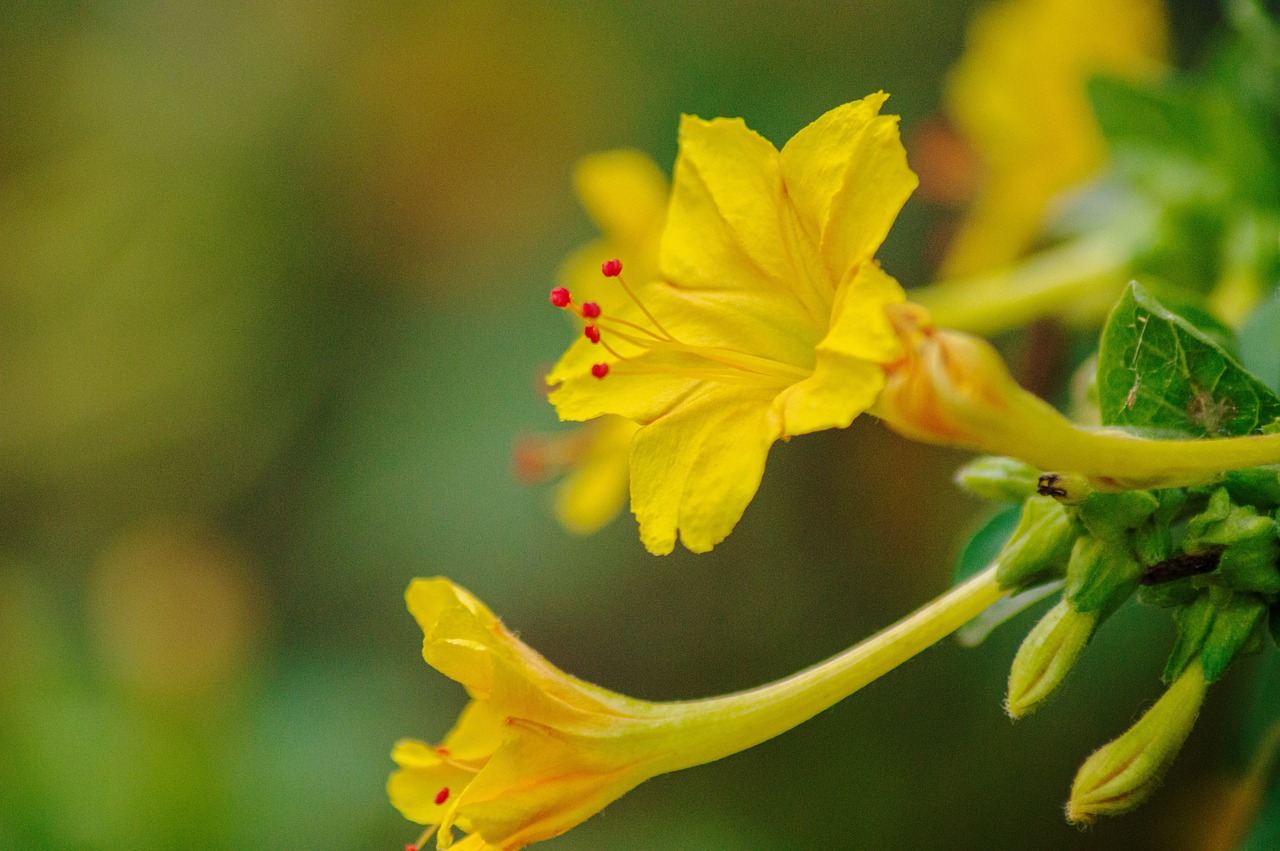
The Four o’Clock flower, also known as Mirabilis jalapa, is renowned for blooming from evening to night, releasing a sweet fragrance and displaying vibrant colors.
Its Japanese name, Oshiroibana (“face powder flower”), comes from the white powder found inside its seeds, reminiscent of traditional cosmetics.
Because it grows easily when planted in gardens, it has long been cherished in Japanese households.
In this article, I will introduce the basic information, cultural background, and gardening tips about this fascinating flower.
Basic Information
- Scientific name: Mirabilis jalapa
- Family: Nyctaginaceae
- Origin: Central and South America, particularly the Andes region of Peru
- Appearance: The Four o’Clock grows up to about one meter tall. Its flowers come in red, pink, yellow, white, or even mixed colors. They open in the evening and close by morning. The black seeds are hard and contain a white powdery substance.
- Blooming season: From June to October, making it an ideal flower for summer evenings.
Cultural Significance Worldwide

In its native Central and South America, the flower is often called the “miracle flower” and has long been admired for brightening gardens.
In Peru, it is widely planted in gardens and parks as part of daily life.
In Japan, the Four o’Clock was introduced during the Edo period and soon became familiar in home gardens and school flowerbeds. The sight of children playing with the seeds has long been considered a summer tradition.
The name Oshiroibana reflects the resemblance of the seed’s white powder to traditional face powder.
Culturally, it is also regarded as a flower that heralds the arrival of night, with its evening bloom often portrayed in a poetic and nostalgic way.
Historical Background
The Four o’Clock was brought to Europe by Spanish explorers in the 16th century. As one of the exotic plants from the New World, it was prized in European gardens and quickly became popular.
Later, it spread to Asia and many other regions, where it was cultivated as an ornamental plant.
In Japan, during the Edo period, its unusual seeds and blooming habits caught people’s attention and curiosity, at a time when foreign plants were still rare. It soon became a beloved flower associated with summer evenings and a sense of coolness.
Gardening Advice

The Four o’Clock is easy to grow and highly adaptable, making it ideal for beginners. It prefers sunny spots but also grows well in partial shade.
The seeds germinate easily, allowing gardeners to enjoy the plant year after year.
Watering should be moderate—enough when the surface soil dries out—while avoiding excess moisture. Well-drained, fertile soil enriched with compost is ideal. In summer, watering in the morning or evening helps the flowers bloom vigorously.
Since the plant spreads easily when grown in open soil, it is best planted in spacious areas or with care to avoid competition with other plants.
Because it is sensitive to cold, I recommend collecting seeds in winter to replant the following year.
Conclusion
The Four o’Clock flower, with its vivid colors and unique evening bloom, adds a touch of charm to summer gardens. As it is easy to cultivate, it is perfect for beginners and brings vibrant color to gardens and flowerbeds.
I encourage you to plant Four o’Clock flowers in your garden and enjoy their beauty as they open at dusk.

